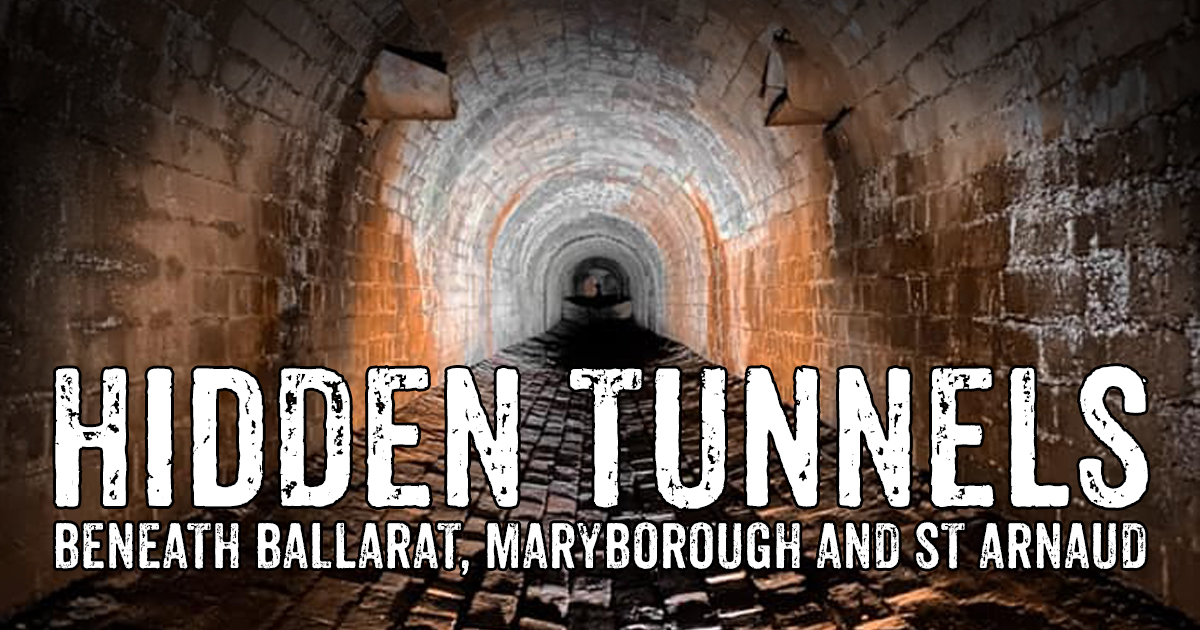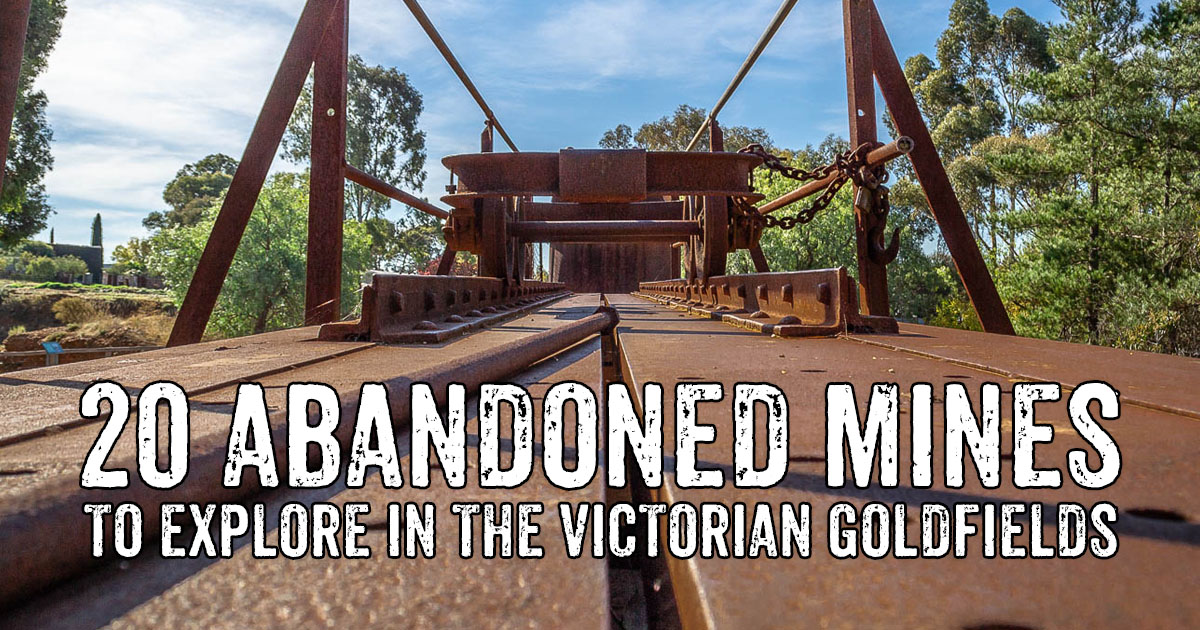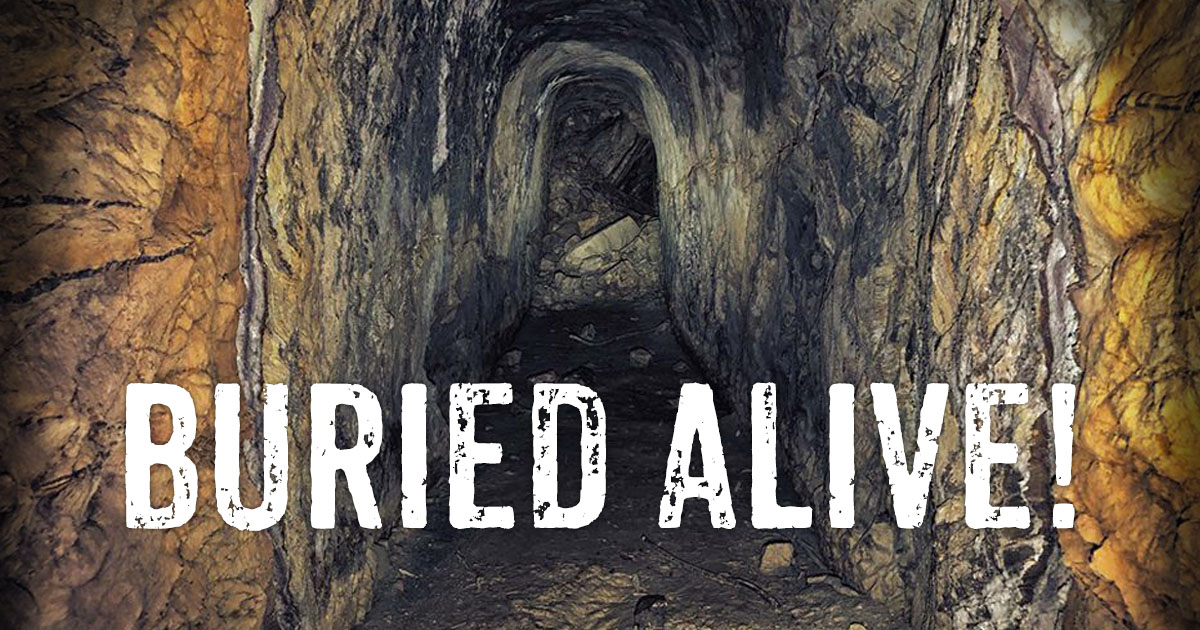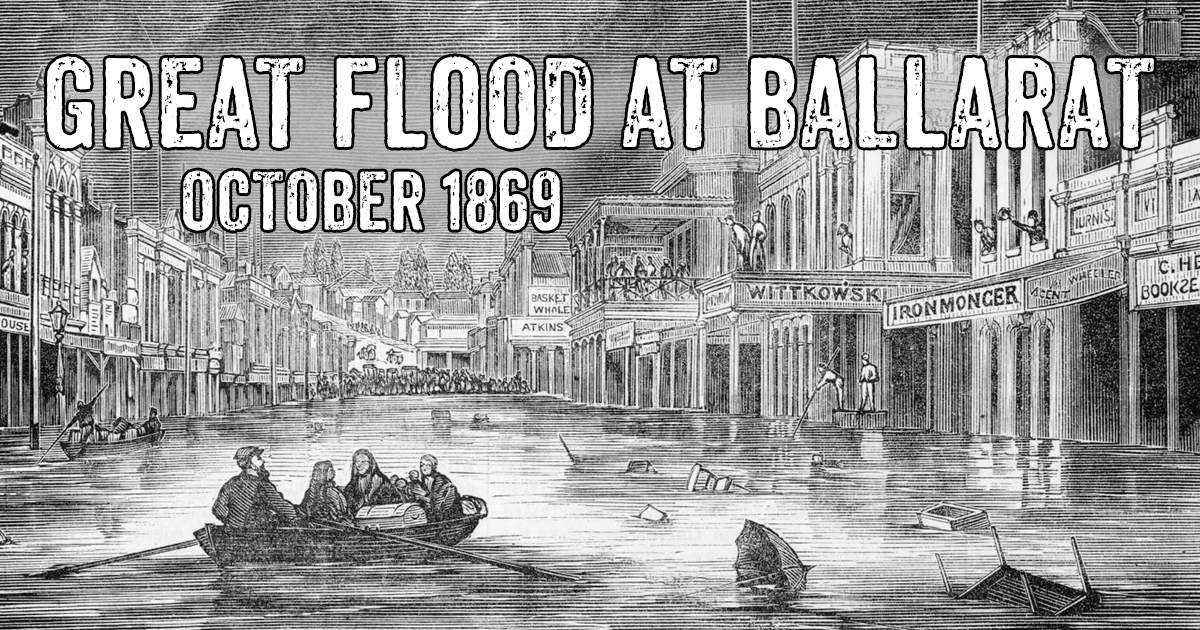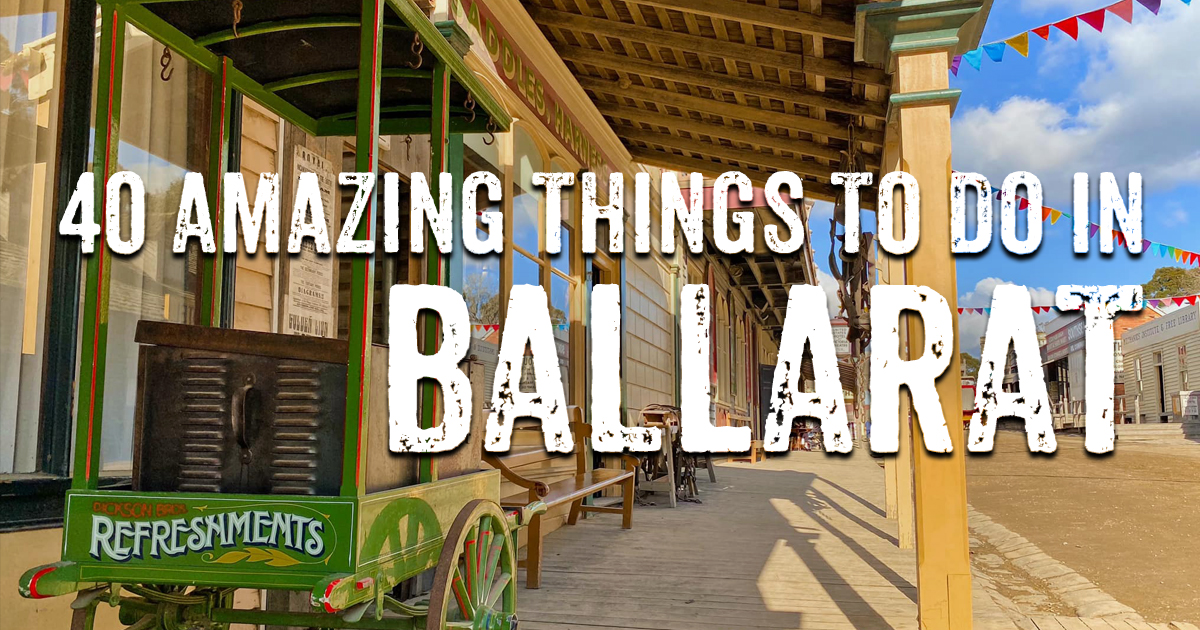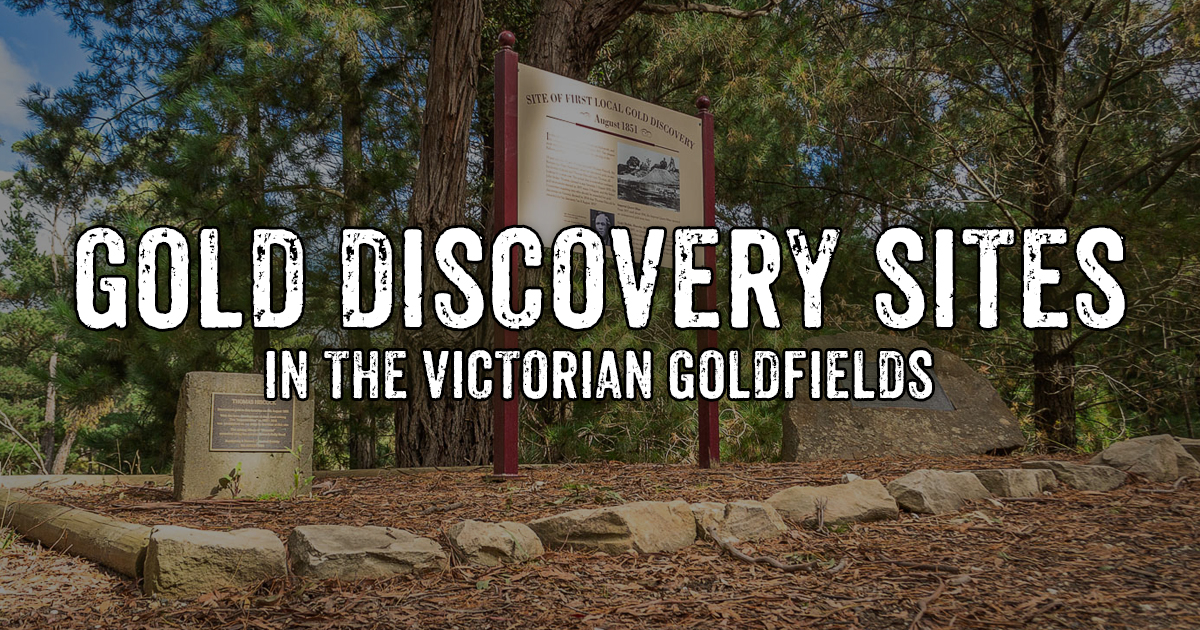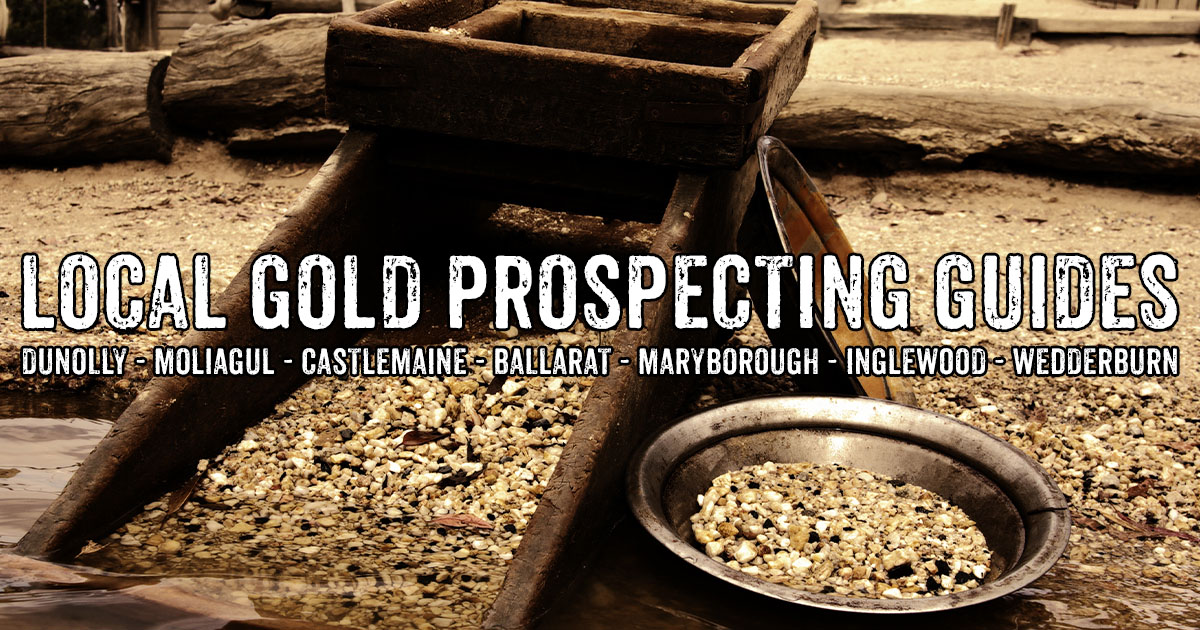
But it wasn't long before skilled miners looked a little deeper, discovering the unfathomable wealth which lay waiting in the now famous deep leads below!
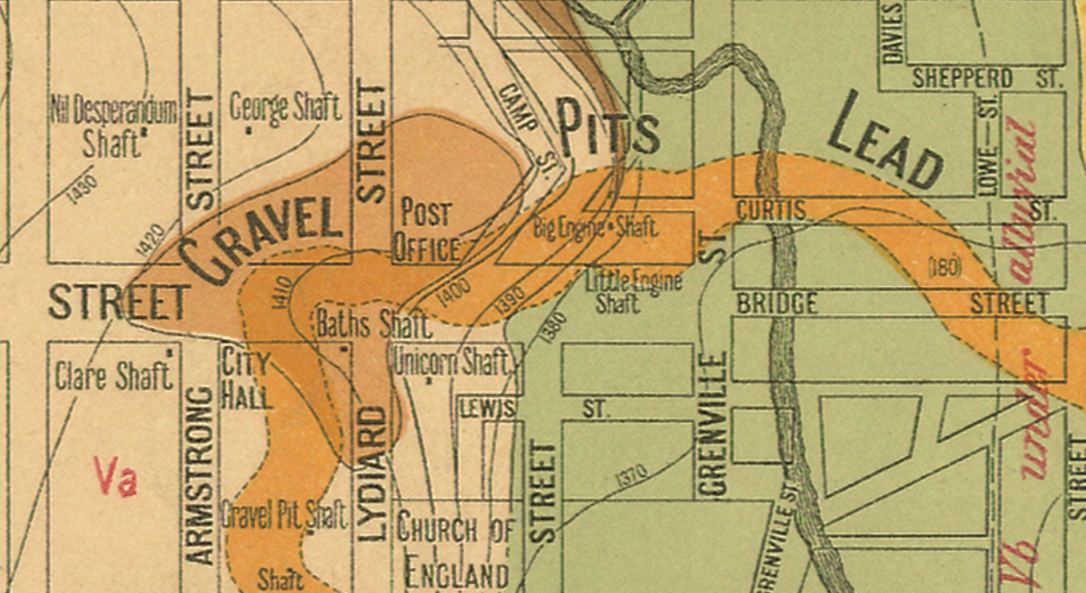
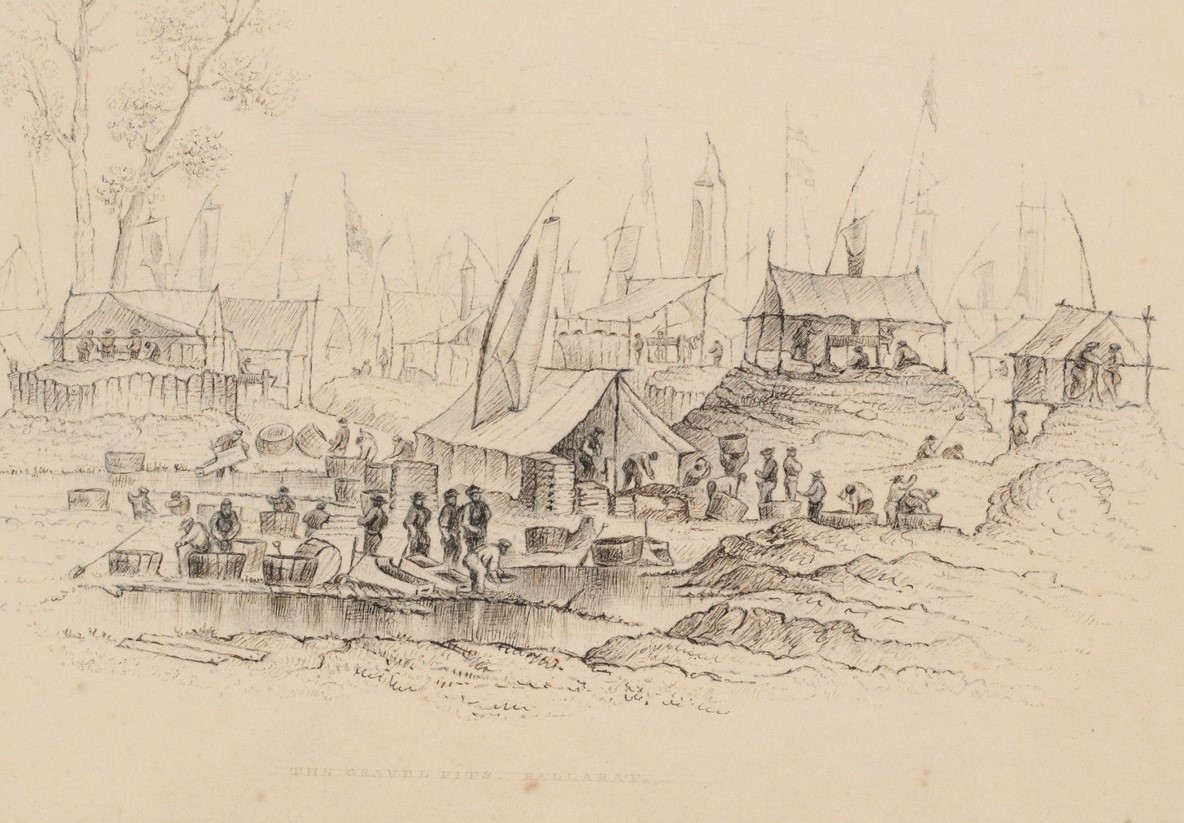

1852 onwards saw Ballarat leap into action! Miners excitedly discovered lead after lead, working in unimaginable conditions in hope of seizing the riches which lay deep beneath their feet.
One of Ballarat's many famous deep leads is the unique Gravel Pits. This lead was discovered in 1853 and runs from Victoria Street right beneath Bridge Mall and Sturt Street!
What is a lead?
A lead is an ancient riverbed which has been buried over time by lava flows or by deposition of newer layers of sand or gravel.
These ancient riverbeds were often extremely rich in gold.
At the junction of two leads, where the ancient rivers met, the gold was often even richer.
This is well demonstrated by the renowned Blacksmiths Claim, where a 110 foot deep mine shaft was sunk directly onto the junction of the Prince Regent and Canadian Leads, and yielded a literal ton of gold!
The GRAVEL PITS LEAD
The Gravel Pits, discovered in 1853, was so named because the shallow ground from which it was traced consisted entirely of gravel from the surface to the bottom.
This portion was worked by paddocking, where it was excavated from top to bottom and washed for gold in tubs.
"At the Gravel Pits, the washing stuff is of the unheard-of thickness of thirteen feet" - Geelong Advertiser and Intelligencer, 2nd September 1853
The following image shows the Gravel Pits in 1854. You can see miners working in the foreground, and in the back you can see mine shafts with windlasses for raising the dirt and windsails for ventilation.

The Gravel Pits, 1854. Image source: SLV.
The Gravel Pits, although rich, was certainly not easy going! As the lead was traced deeper, a drift was encountered which contained a large amount of water.
A drift is a layer of loose alluvial deposit which is very dangerous for miners to get through.
"The working of the Gravel Pits line is progressing very slowly, the work is almost beyond endurance, but the reward of the lucky ones is proportioned to the labour." - Geelong Advertiser and Intelligencer, 25th April 1854
Once the lead reached the area around the present site of St Paul's Church, the miners found it impossible to sink shafts through this drift without "puddling".
Sinking through the drift
There are two types of puddling in gold mining.
One is the processing of gold-bearing clay through means of a puddling tub or horse-powered puddling machine.
The other is the waterproofing of shafts being sunk through wet and dangerous drifts.
When dangerous drifts are encountered, a shaft is "opened out" or increased in size to allow miners to form a "puddle wall" behind the timbers. Tough clay is rammed in to form a waterproof layer, damming the drift through which the shaft is being sunk.

The Gravel Pits, Sept. 1854. Samuel Douglas Smith. Image source: SLV.
Due to the large amount of water in the drift, no one could sink shafts over on the Gravel Pits Flat until a small engine was privately erected for the purpose of drawing water out of one party's shaft. Consequently, parties working higher up the lead could then sink their own shafts.
This caused great disputes among the miners, with many claiming that the introduction of machinery would be detrimental to the working classes.
The Italians' Claim
One of the richest claims on the Gravel Pits was known as the Italians' Claim.
The first party to work this claim got £2,000 per man, which took seven weeks work after bottoming.
It was then sold to a party of sixteen men who, over fiver weeks, obtained almost as much gold as the first party.
It was then worked by yet another party, who were also well paid.
This is one of many similar stories which played out on the incredible deep leads of Ballarat. Some claims were so rich they were called "Jewellers Shops" and were described as table tops of gold!

